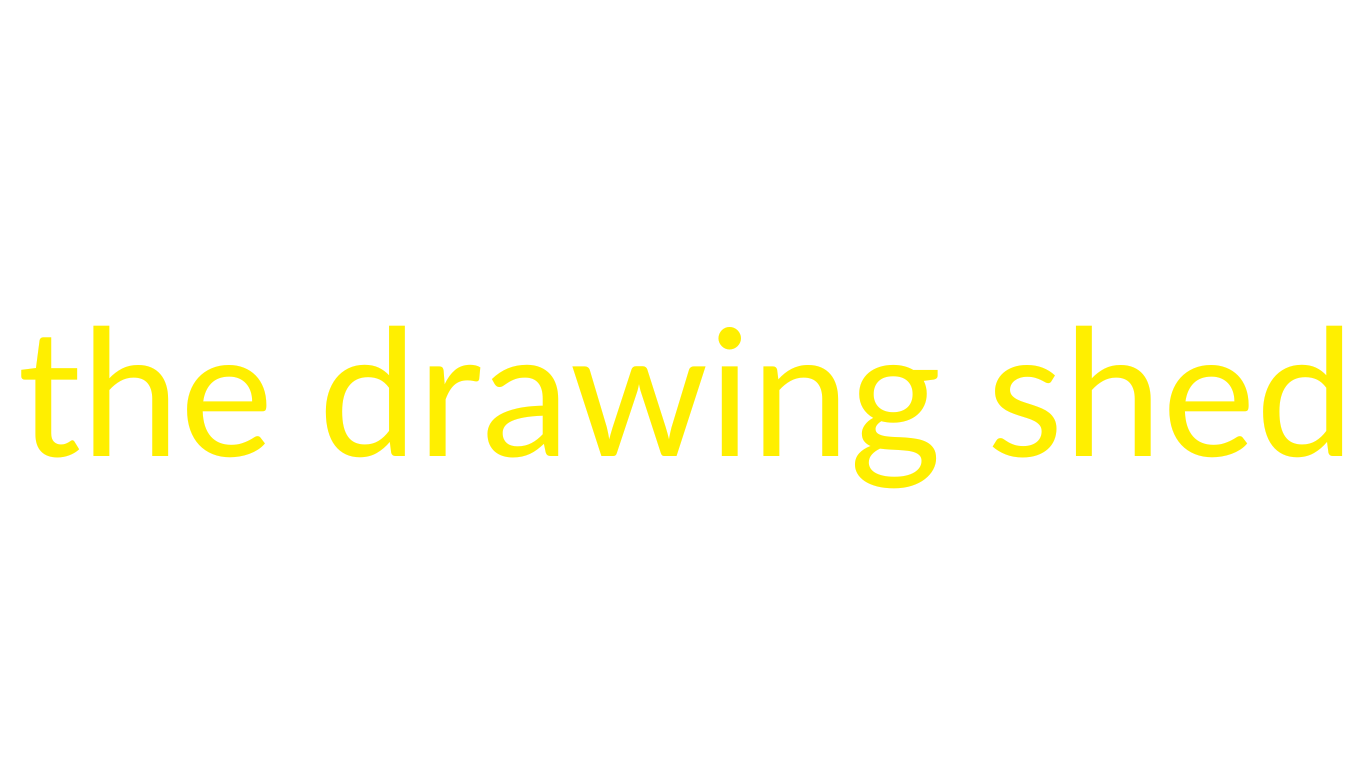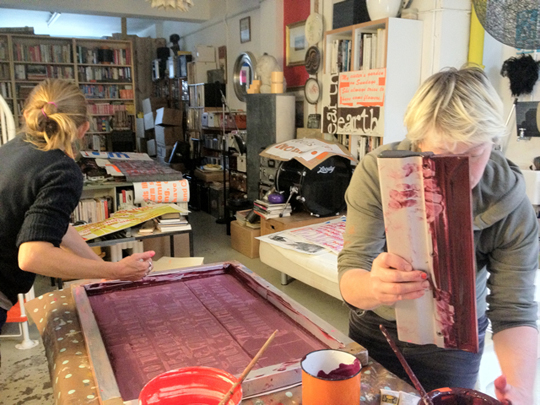Labern+Lloyd practice both collaboratively and individually. Their work uses diverse media and engages with issues of resilience, resistance, commonality and displacement.
Both artists are interested in the edges of spaces and their ‘shadows’ as well as the objects – art and otherwise – whose resonance is changed by interaction. Both explore ideas that interrogate ‘the edges’ of (often contested) places and communities, working with the unseen, the debris and the dis lodged. ‘These are the pathways into a dialogue and creation of a new form and this is integral to our methodology around social engagement’.
Socially engaged projects can lead out of Lloyd+Labern’s collaborative practice and/or run parallel to it – or indeed the converse can be true. Always the content works in tandem with the form and the work is ideologically charged. Collaborative practice, such as The People’s Supermarket, 2011, is often triggered by the richness of creative and social interactions that unfold in the socially engaged projects.
Labern+Lloyd also respond as individuals and in collaboration to commission briefs for site specific work that extends their ideas. They work as artists and consultants on projects with diverse partners such as Well London with London Sustainability Exchange, Arts Council England (ACE), and University for East London: Institute for Health and Human Development (IHHD), Goldsmiths College, Allies and Morrison, Dohaland, Qatar University department of Architecture, London Gypsy Traveller Unit (LGTU), On Site Arts, Barratt Homes East London, BAAT, A New Direction, Sheffield Health and Social Care NHS Foundation Trust, Local Authorities, Primary and Secondary schools, Pentonville Prison, New Work Network, LAHF, Live Art Development Agency, Studio Polpo, Art Therapy Initiative, Forest YMCA, Immediate Theatre, Proboscis, Space Studios, Arlington House, The Campaign for Drawing, Social Action for Health,
In their socially engaged practice, Labern+Lloyd have worked closely together for the past three years, as well as on independent projects for the past two decades in East London and beyond, working with communities experiencing high levels of social exclusion. They often develop long-term relationships with individuals which allows complex and rich collaborations to emerge as trust develops. Integral to their work is a strong focus on developing dialogue, uncovering, exploring and celebrating difference through the visual arts.

